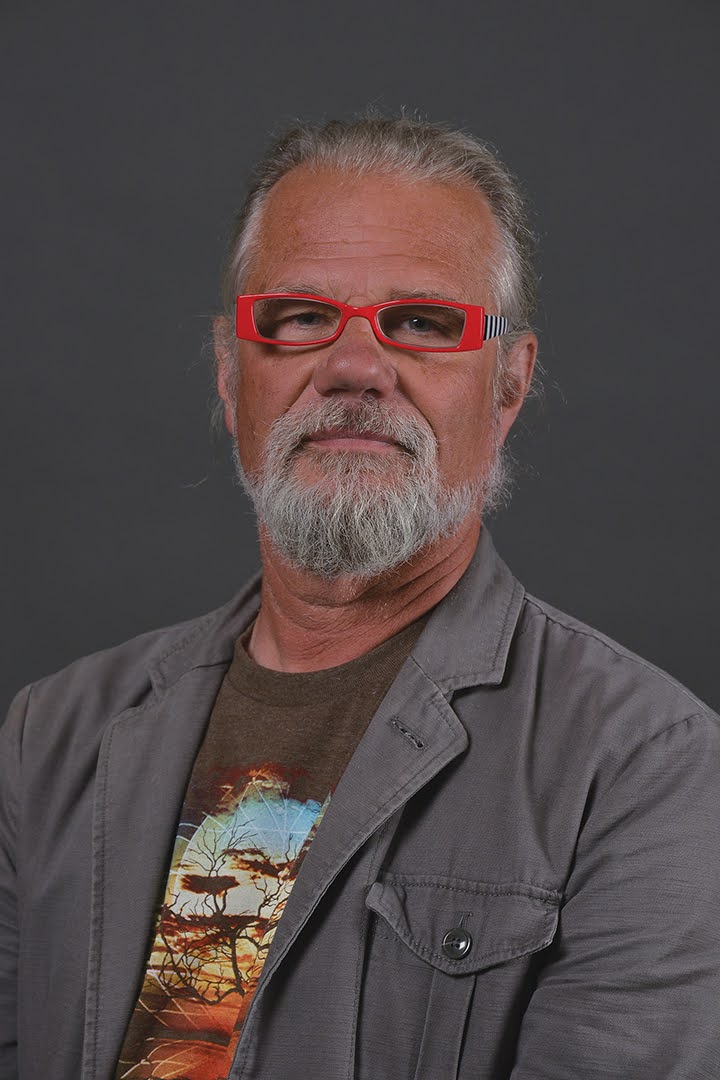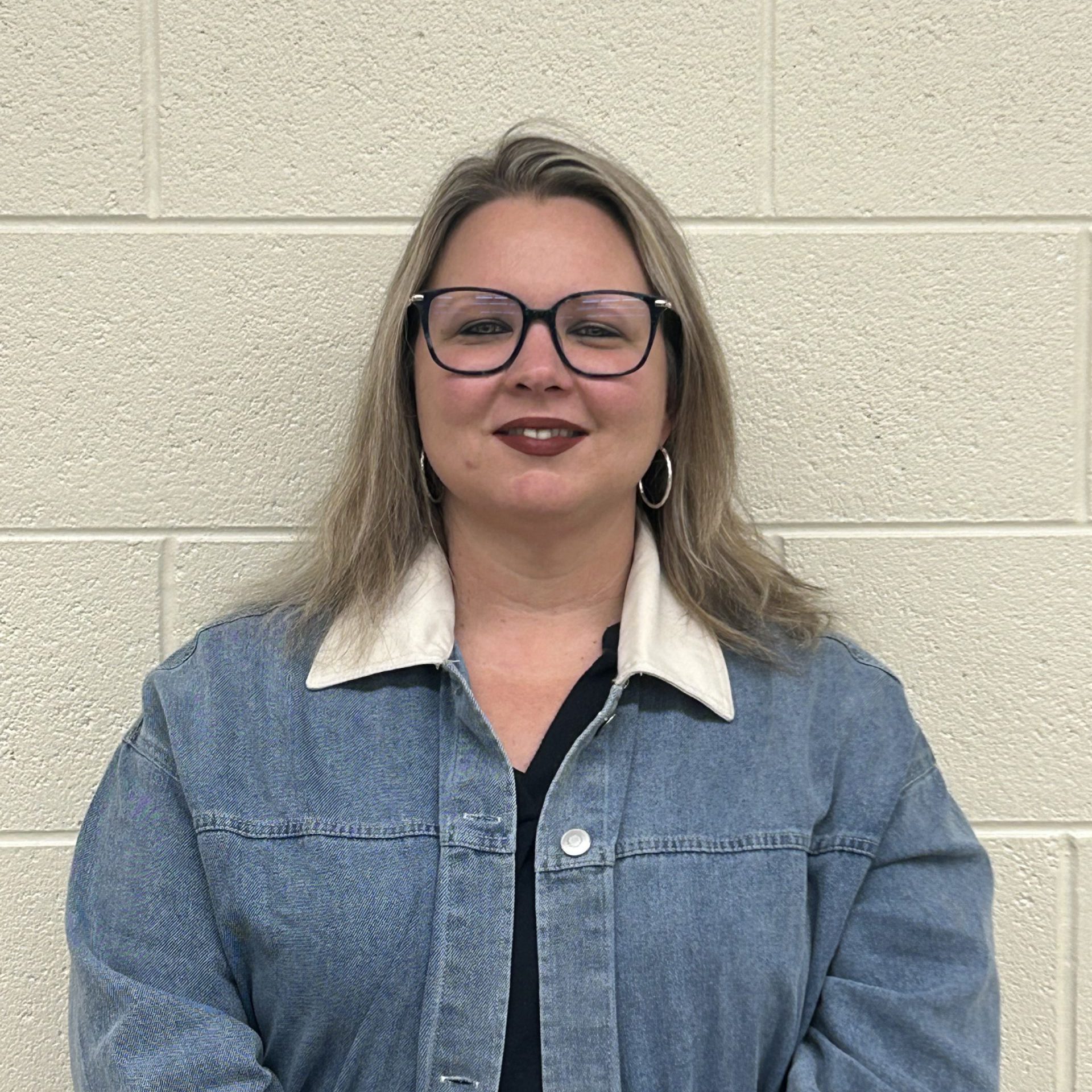Trauma Expert Leads Recovery in Oxford
By Brenda Ortega, MEA Voice Editor
Michigan Education Association
The words are displayed everywhere in the Oxford community, waving in makeshift yard signs, scrolling on digital displays along major thoroughfares, written on signs lining windows and sidewalks downtown: Oxford Strong. But what does it mean?

Dr. Jim Henry, a nationally recognized expert on the effects of trauma, offers a definition built from years of working with severely traumatized children. “It means I can have fear and still move forward with empathy, making connection in vulnerability, toward regaining my balance.”
Co-founder and project director of Western Michigan University’s Children’s Trauma Assessment Center, Henry has been working with adults and students in the school district following the fatal shooting at the high school last November. His early approach has underlined three key points.
First, Henry shares the known effects of trauma: the rewiring of the brain to look for danger, the desire to withdraw from social interactions, and the emotional feelings of powerlessness and vulnerability.
Secondly he emphasizes “embracing the pain of what is.” In psychological first aid after the shooting, he encouraged educators to share, witness, and validate each other’s pain, because avoidance leads to Post Traumatic Stress Disorder (PTSD), “when the trauma is controlling us rather than us managing the trauma.”
Third is building emotional regulation. “Learning to regulate ourselves in this time where we get triggered and move outside of our window of tolerance means we can begin to access our thinking brain rather than going into our fight-flight or primitive brain.”
Learning how to regulate emotions begins with identifying what happens in the body, in thoughts, and in feelings during spikes of fear and grief. “To name it is to tame it,” Henry said, quoting noted neuroscientist Dr. Dan Siegel.
The goal is to develop resilience through understanding a “paradigm of stress” designed by childhood trauma guru Dr. Bruce Perry, who describes two pathways—green “challenge stress” and red “threat stress”—along a continuum of stress levels from 1-10.
The green side has typical stress that is predictable and moderate, but the red side describes stress with three components that distorts thinking: it is unpredictable, extreme and prolonged.
Establishing routine is helpful, because predictability creates safety for the brain. In addition, having a common language for talking about stress reduces isolation so people can support each other through periods of “extreme intensity,” he said. “Lots of research has been done showing how the brain changes when the brain realizes it is not alone.”
More than a scholar, Henry describes himself as a “man of sorrows” who continues to learn from children. He directs a team but also works with patients at the trauma assessment center he co-founded. He conducts trainings in trauma-informed practice, including in many Michigan school districts.
His outreach with educators emphasizes that “teaching is not learning” and reveals how to create an environment that helps all children—but especially those who have experienced chronic trauma—calm their brain and feel safe enough to be able to learn and grow.
He punctuates explanations with real-life examples, including how children find lifelines in relationships with educators, whether a teacher, “lunch lady” or custodian. “I can’t tell you how many times I’ve heard traumatized kids say what a difference it made when Mrs. Smith believed in me.”
The same thing keeps him energized in his own job, he added. “Every morning, I wake up and say Man, today I’ve got a chance to help a kid be who they can be. I can think of nothing better that would call my life to meaning.”
RELATED STORIES:
After Oxford: ‘Normal is not a thing right now’
Teachers Describe Responses to Harrowing Attack: ‘This will not be what defines Oxford’




I worked with Jim back in the 1980s and 90s and I’m so grateful that he is still leading the way in working with children and teens in trauma situations. Michigan is very fortunate to have a man like Jim Henry – not only an outstanding professional in his field, but also a really caring and creative human being!